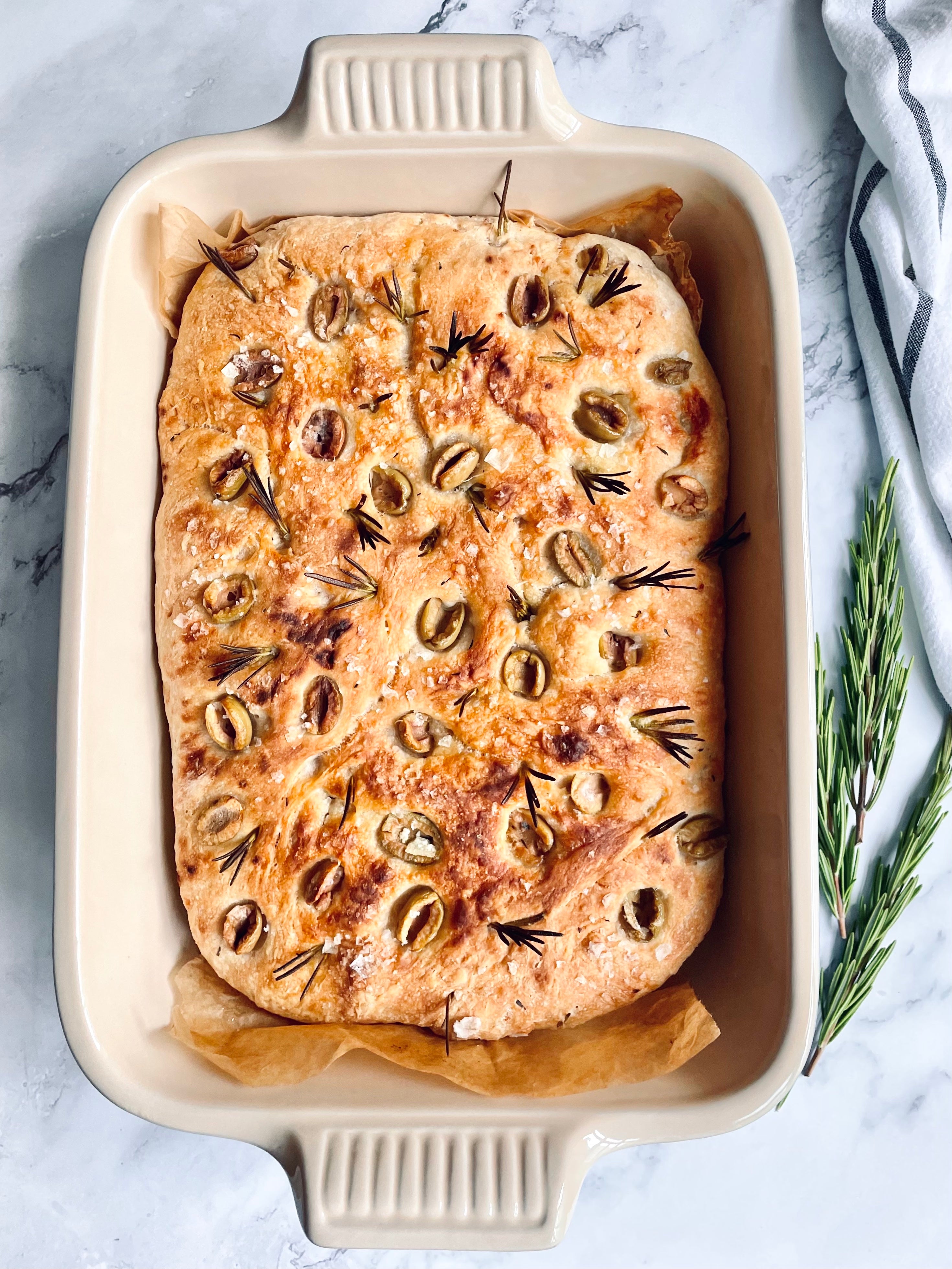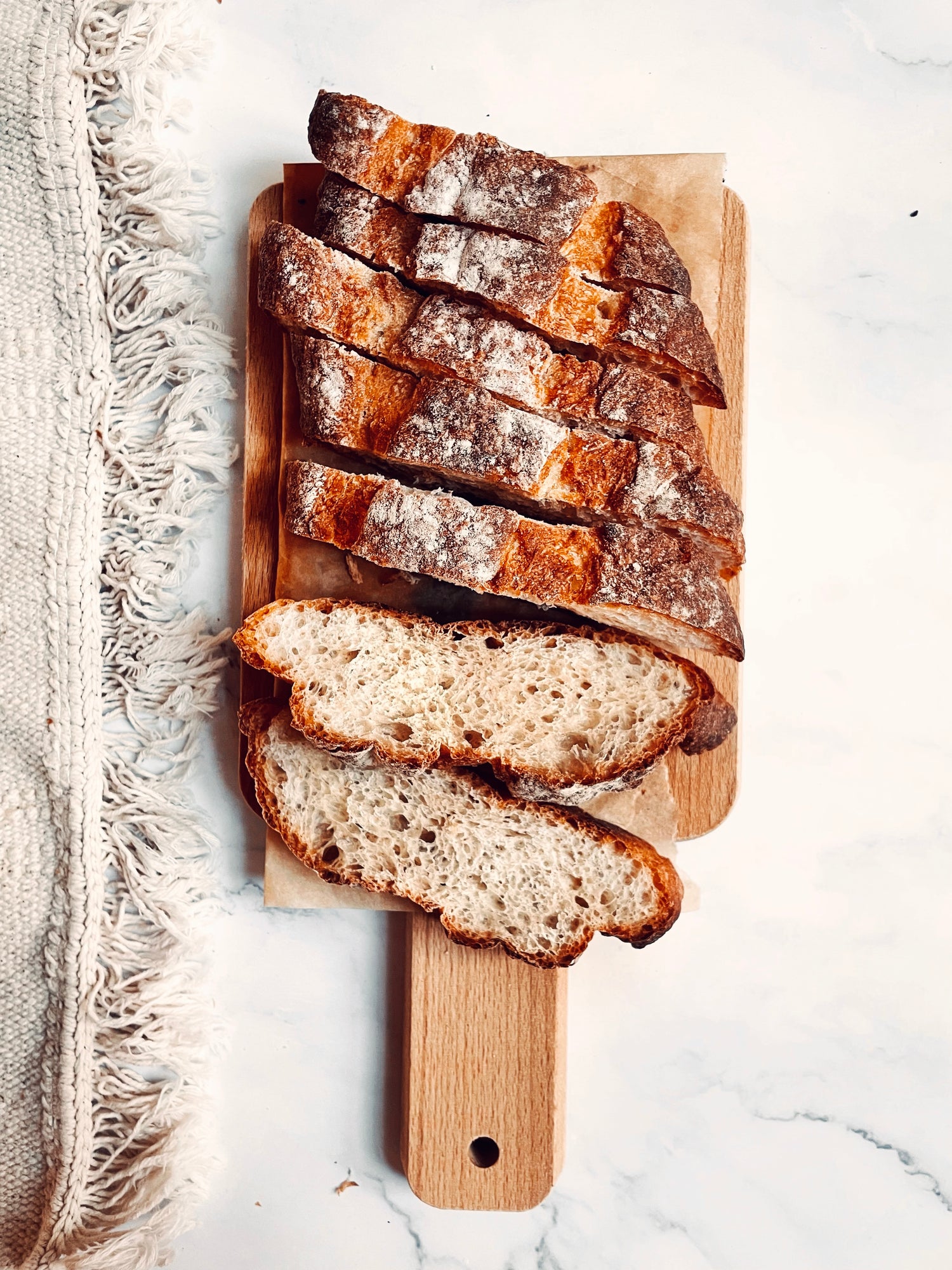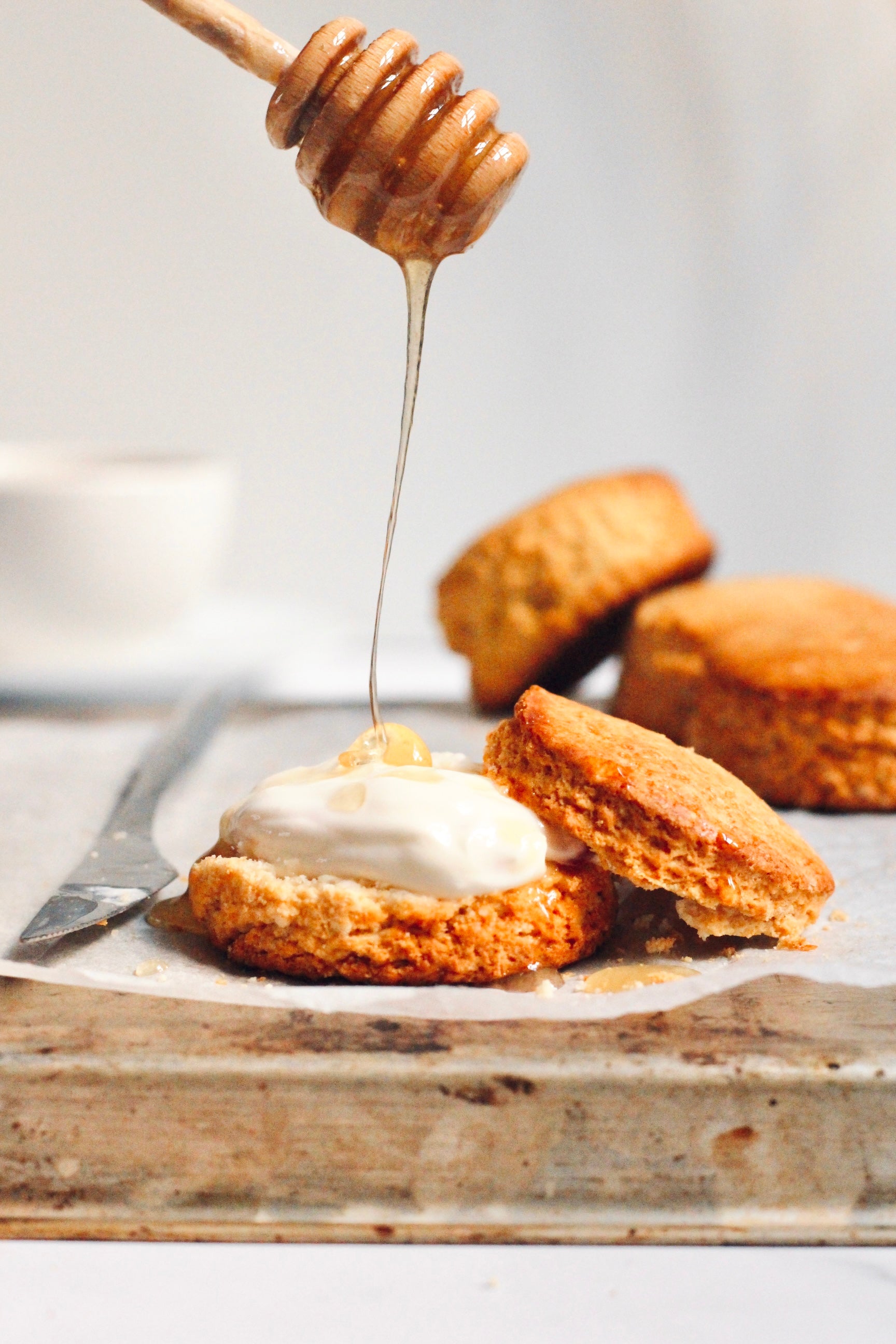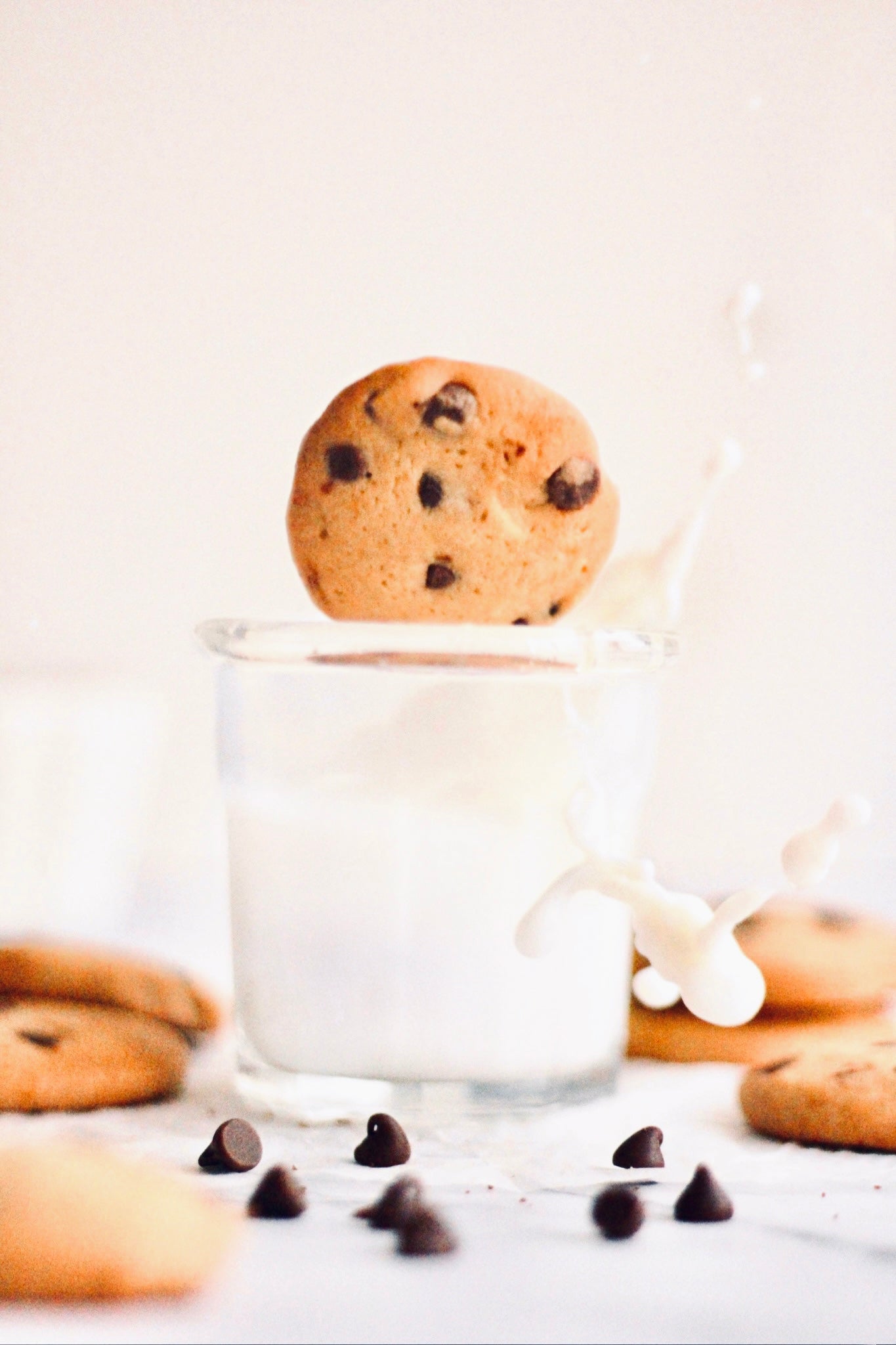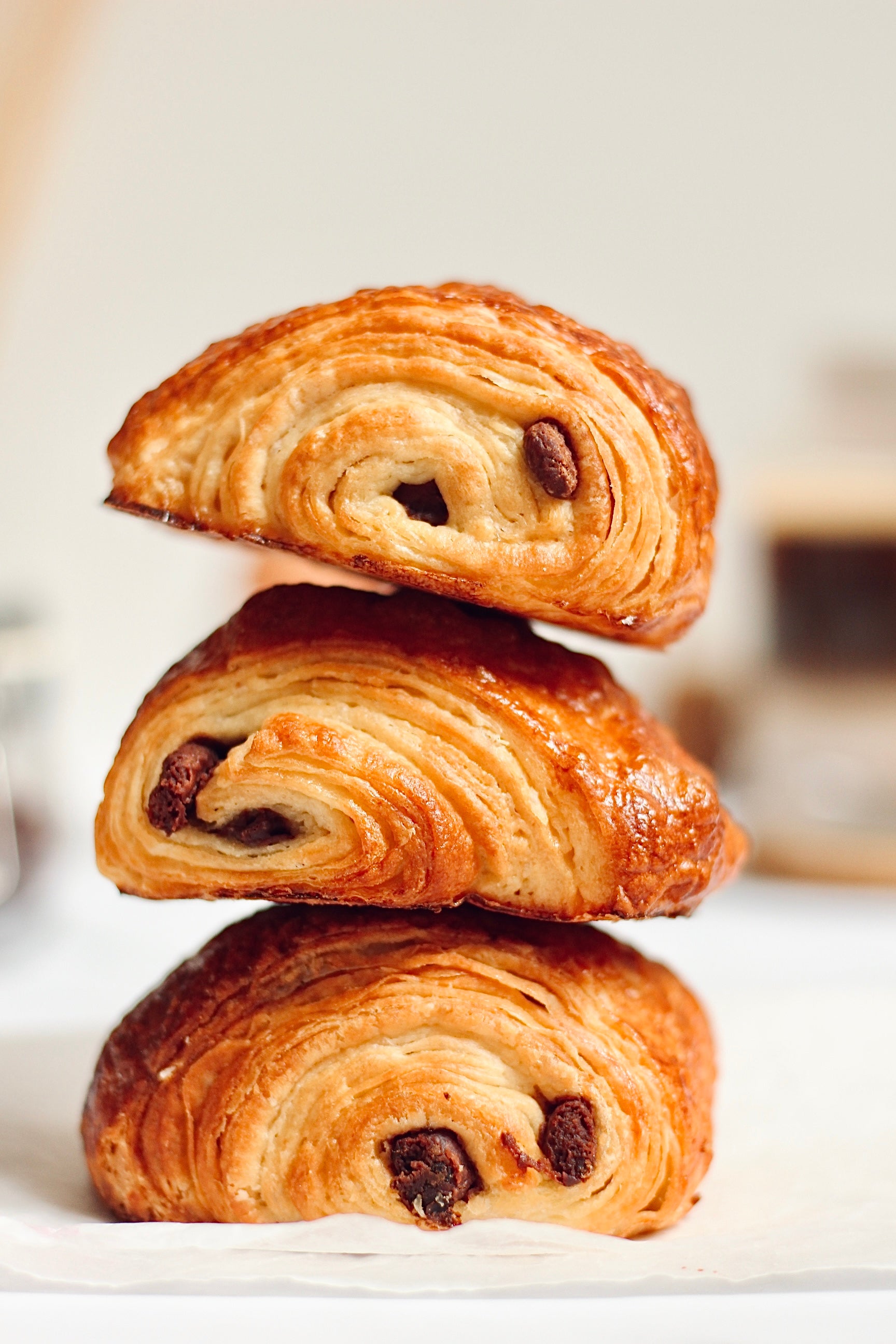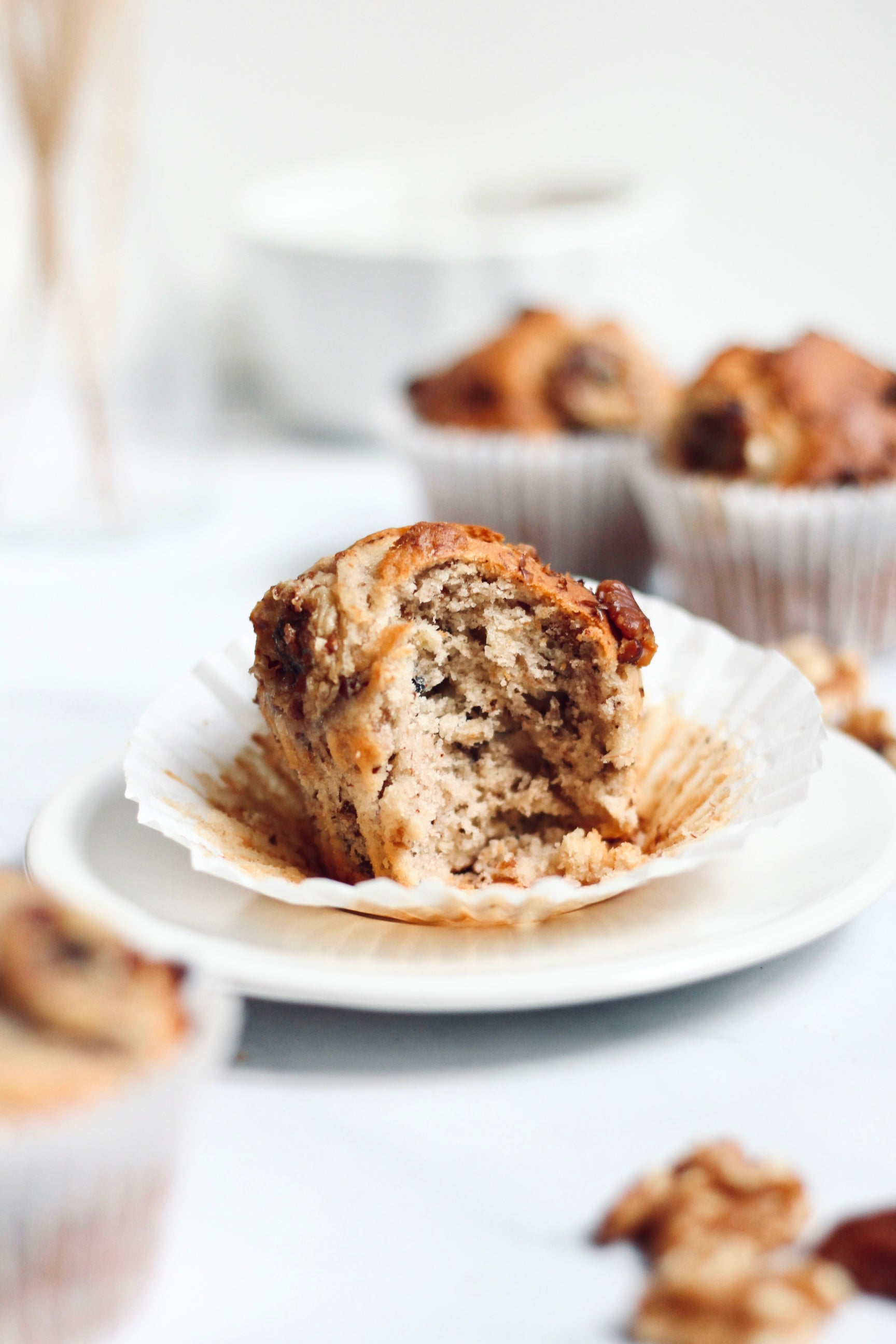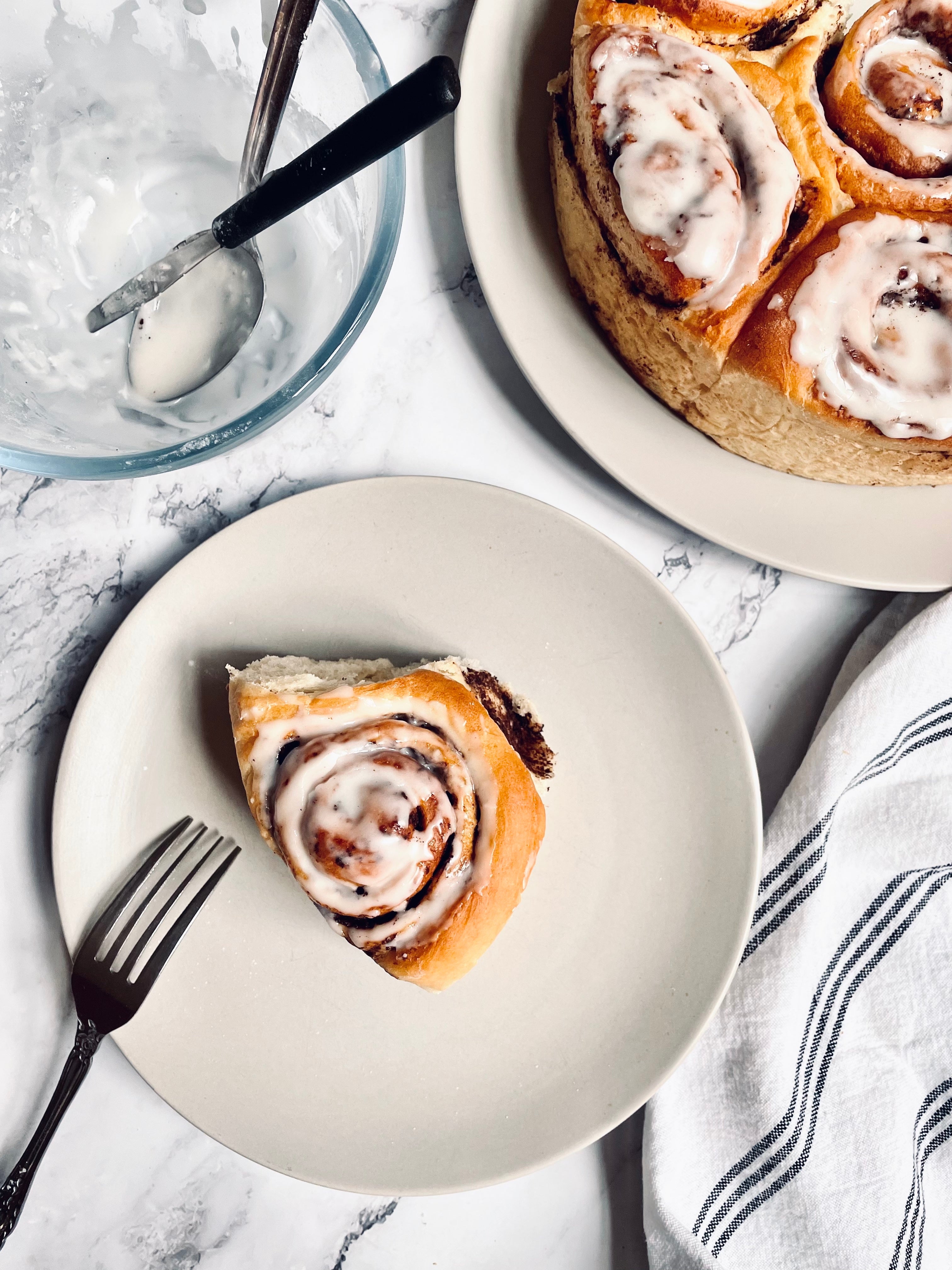Carbonara Focaccia
Carbonara focaccia is a delicious variation of the classic Italian focaccia that is typically topped with olives and herbs, it is a great way to enjoy the classic flavors of carbonara in a new and exciting way. In this version, the focaccia dough is infused with the flavors of carbonara - crispy guanciale, black pepper, and pecorino romano. The result is a bread that is both fluffy and savory, with a rich and satisfying flavor.
The elements forming the flavour profile of this focaccia will be coming from:
Guanciale has a distinct flavor and texture. It is salt-cured and air-dried for several weeks, resulting in a meat that is rich, savory, and slightly sweet. It has a marbled texture, with a combination of lean and fatty layers that add to its flavor and tenderness, creating a more flavourful focaccia.
Guanciale is typically used in small amounts in recipes, as it is a flavorful and potent ingredient. It is often chopped into small pieces and fried until crispy, then added to pasta sauces or used as a topping for pizza.
Focaccia's roots can be traced back to ancient Rome, where soldiers would cook a flatbread on their shields over an open fire. Over time, the recipe for this bread evolved, and it became a popular food among the working-class people in Genoa.
Focaccia was traditionally made using simple ingredients like flour, water, yeast, and olive oil, which were readily available and affordable for most people. The bread was often used as a substitute for more expensive breads like ciabatta or baguette.
So if you're looking for a delicious and easy bread to add to your recipe collection, look no further than focaccia. With its versatile flavors and textures, it's the perfect bread for any meal or occasion. Try making it yourself at home, and enjoy the taste of Italy right in your own kitchen.

RECIPE BY VANIECE
LEVEL: EASY
YIELD: 1 LOAF
ACTIVE TIME: 25 MIN
PROOF TIME: 2H 20 MIN
BAKING TIME: 12 MIN
TOTAL TIME: ~3 HOURS
Sometimes recipes might not work the way you want, this can be due to a number of things, but mainly: different brands of flour may have different protein levels and water absorption capabilities that may result in a different texture.
This is similar with sugar and butter, but with varying respective moisture and fat contents. To provide you with a higher success rate with the recipe, we will link you to the ingredient that I use, so that you get the closest results.
I've also added my list of equipment, so you can use the exact same ones if you wish, to feel more confident with the recipe.
Simply click on the ingredients or equipment listed below to shop!
- 175g very strong white flour
- 75g 00’ flour
- 160g room temperature water
- 1tbsp honey
- 25g extra virgin olive oil
- 5g pink Himalayan salt
- 7g fresh yeast or 4g active dry yeast
TOPPINGS:
- 100g gianciale cubes
- 1 tbsp black pepper (ideally Sarawak)
- 1 tsp Himalayan pink salt
- 30g pecorino romano
- To drizzle: Extra virgin olive oil
TIP:
If you can't find pecorino romano and guanciale, use parmigiano reggiano and pancetta.
- Stand Mixer - dough hook attachment
- Dark Pan Baking Tray (Regular or Non-Stick)
- Medium Saucepan
- Parchment Paper (optional)
- Large Mixing Bowl
- Small Mixing Bowl
- Mixing Spoon
- Spatula
- Cooling Rack
- On a medium pan, cook the guanciale for 10 minutes on very low heat. Do not grease the pan before adding the guanciale. Set aside, keeping the grease, and allow the meat to cool.
- In a stand mixer, dissolve the fresh yeast in water.
- With the exception of olive oil, add all ingredients. With a dough hook, mix for 5 minutes on medium speed. Add olive oil and mix a further 6 minutes on high speed.
- Grease a rectangular baking tray and flatten the dough on the tray. Allow to rest for 1 hour.
- Make dimples with your finger tips and continue to flatten the dough until it is 1.2-1.5cm thick. Press the guanciale to the bottom of the pan. Allow to rest for another hour.
- Spread the remaining grease from the guanciale on the focaccia. Drizzle olive oil on the dough. Sprinkle black pepper and sea salt flakes or pink Himalayan salt on top.
- Preheat the oven at 250C. Bake for 10 minutes until golden brown. Grate the pecorino romano on top, sprinkle more black pepper and bake for another 2 minutes. Allow to cool before serving.
Happy baking,
Vaniece xx

